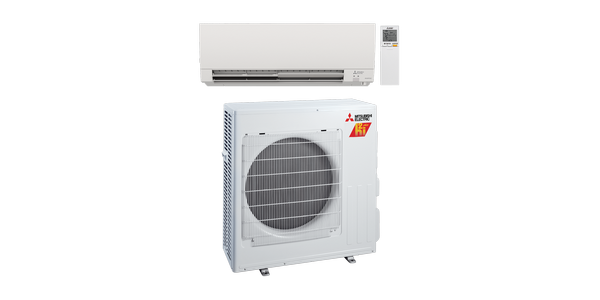 Every day, more devices in the built environment are being added to building automation systems, and truly smart buildings are beginning to emerge. Because of the profound cost, safety and comfort benefits, integrated building automation systems are here to stay and will only increase in popularity for the foreseeable future.
Every day, more devices in the built environment are being added to building automation systems, and truly smart buildings are beginning to emerge. Because of the profound cost, safety and comfort benefits, integrated building automation systems are here to stay and will only increase in popularity for the foreseeable future.
It is critical for MEP contractors to keep up with the trends in order to continue providing customers with the latest that building automation has to offer. The need for constant learning can’t be overstated. Technology can be challenging to keep up with, but those not at the forefront of industry changes will quickly fall behind.
The following are five smart building trends to watch:
1. Network technology renaissance
As properly managed networks increase in reliability, IP-based building automation systems are becoming commonplace. Customers reap the benefits of improved speed, communication and accessibility all while reducing installation costs. This win-win scenario will continue to increase demand for networked technology in facilities far into the future.
Because of its lower stability, wireless networks are lagging whole-building networked systems. However, wireless technology will continue to steadily improve and become more common. When that happens, costs on BAS projects will reduce significantly since the electrical install can be a large line item on the overall budget.
While data travels faster over IP and wireless systems, the BAS is still at the mercy of the stability of the network. As a result, mission critical industries like climate-controlled production facilities and warehouses, healthcare and pharmaceutical are not yet coming on board.
2. Automating the whole built environment
The building owners and facility managers our industry serves have come to expect the instant gratification of pushing a button and accessibility of controlling everything from a smartphone, even for their home HVAC, lights, smart plumbing systems and fixtures, entertainment and more. End-users love getting data and manipulating settings to impact that data. As a result, an increasing number of buildings are automating beyond the mechanical systems to features like lighting and blinds.
In addition, more and more facilities, especially schools and multi-tenant buildings, are putting control of localized systems in the hands of the end-users at various permission levels, often through a smartphone app. This gives the occupants of the space the ability to change the comfort levels in their areas, while still operating within the limitations set by facility managers.
3. Emerging integrations
Energy efficiency is not a new priority for equipping facilities with BAS systems. However, emerging technologies are leading to more advanced ways to enhance energy efficiency. One exciting application feeds open source National Weather Service data into the controls system. Forecasted temperatures are then used to automatically adjust building settings for proactive versus reactive comfort control and energy savings.
Integration of smart utility meters into building automation systems is also becoming more common. This allows customers the ability to benchmark their typical energy usage, and identify time when the building is using more power than normal. This can lead to the discovery of mechanical and electrical system deficiencies that could prove costly to customers if not corrected.
4. Indoor air quality & tenant safety
The focus on indoor air quality has taken front stage in the era of COVID-19. In fact, it is now often a higher priority than even energy efficiency on many BAS projects. The safety of building occupants is more important than their comfort.
Indoor air quality sensors are becoming more common for tracking more than just temperature and humidity. They are also being used to identify air quality markers, including the levels of carbon dioxide levels and presence of volatile organic compounds. A building’s access control system can track how many people are in the building at a given time, and when integrated to the HVAC system through the BAS, the system can trigger alarms to notify customers of concerning levels and even automatically dial up the amount of outside airflow to keep the building properly ventilated.
5. Asset maintenance and management
Total building integration will benefit building owners and managers greatly. By allowing customers to track energy usage, identify critical system problems, and maintain optimal comfort and safety in their buildings, they can avoid costly repairs, or lost time due to building closures.
As building automation systems grow to incorporate more equipment and systems within a building, the need to maintain this equipment rises, as well. Asset management through a BAS can help ease the burden of maintaining and replacing equipment.
When a specific device is identified as failing, the asset manager is used to determine the model of the equipment, as well as its parts and pieces. Additionally, properly configured building automation systems can provide a service history on the device for easier tracking of repairs and to ensure timely replacement of parts. Pairing asset management with integrated fault detection and diagnostics can help customers keep equipment running optimally with minimal downtime due to failures.
Chris Ruth is the mid Missouri controls manager at Integrated Facility Services.



